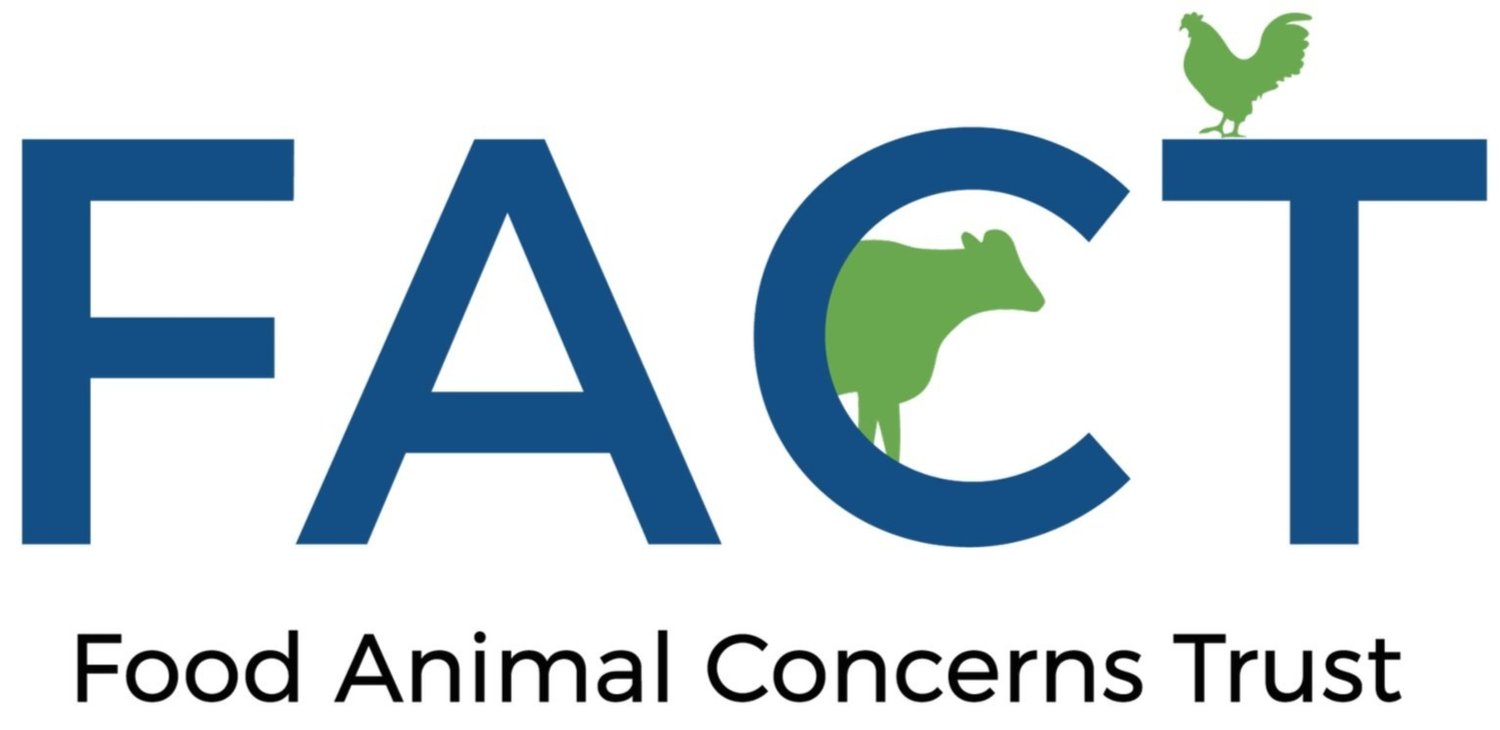FDA Policy Falls Short on Reducing Antibiotic Resistance
FACT’s latest analysis shows that reductions in antibiotic use as a result of the FDA policy eliminating growth promoters were not enough to reduce antibiotic resistance in indicator bacteria.
By Steve Roach, Safe & Healthy Food Program Director
In 2017, the U.S. Food and Drug Administration (FDA) completed implementation of a plan to voluntarily remove growth promotion claims and require a veterinarian’s order for the administration of medically important antibiotics to food-producing animals in feed and water. This resulted in an overall drop in sales of medically important antibiotics for use in food animals by 43% from peak sales which occurred in 2015. However, FACT’s analysis of antibiotic resistance in the indicator bacterial species Escherichia coli and Enterococci, collected by the FDA from retail meat, do not show similar drops in the percent of resistant bacteria after the reduction.
We used data collected by the FDA on indicator Escherichia coli and Enterococcus collected from retail meat samples and calculated the percent of bacteria resistant to one or more antibiotic. Given the high levels of resistance in Enterococcus we also calculated the percent resistant to 3 or more drugs to better reveal trends in resistance over time. In Escherichia coli, resistance dropped in chicken and turkey but for beef there was almost no change. In retail pork there was a slight increase in resistance over time. For Enterococcus, the high level of resistance dropped slightly in ground turkey, but for the other 3 meat types the percent of Enterococcus bacteria resistant to one or more drugs increased. When looking at resistance to three or more drugs in Enterococcus, there were drops in percent resistance for both poultry meats and rises for pork and beef. This suggests that the reductions attained under the FDA’s policies to restrict unnecessary uses were not large enough to impact resistance in pork and beef.
Since 2017, sales of antibiotics for use in cattle and swine have climbed, though not back to 2015 levels. In turkeys, sales of antibiotics have remained stable and they have continued to decrease in chickens. The Escherichia coli data from chickens shows a decrease in resistance starting before 2017 and continuing after. This suggests that the well-documented reductions in use by the chicken industry, independent from the FDA program, were likely the source of the decline in resistance. The FDA’s policy may have resulted in lower resistance in bacteria from turkey, but even with the reductions, resistance is still higher in bacteria collected from ground turkey than from other meats.
The following graphs show the percent of bacteria for each meat that are resistant to one or more antibiotic. The final graph shows percent of bacteria resistant to three or more antibiotics. The red line indicates 2015, the year of highest sales of antibiotics for use in food animals. We do not include graphs on antibiotic use because the FDA only began reporting sales of antibiotics by animal species in 2016 after the peak year of sales.
Our analysis:
We used FDA data on antibiotic resistance in bacteria collected from retail chicken, turkey, pork, and beef. We chose to use indicator Escherichia coli and Enterococcus because they are found and reported in sufficient numbers in all of the meats in the data program to identify trends. Using indicator bacteria also avoids challenges in interpreting data on the foodborne pathogen Salmonella which FDA also reports, but for which resistance is highly impacted by specific serotypes, making it too difficult to see the impact of antibiotic use on resistance. These data were accessed from the FDA website as an Excel spread sheet.
Drugs included for each bacterial species
The FDA reports the same data in the NARMS Now webpage but the data on resistance by number of drugs cannot be used to identify trends because the FDA has not corrected these data for drugs that have been removed from the testing panel. For example, for Enterococcus the FDA reported resistance to lincomycin but stopped reporting on lincomycin resistance in 2017. Since many bacteria were resistant to lincomycin, removing it from the panel of tested drugs, makes it look like there was less resistance after 2017, but this is just an effect of removing lincomycin and other drugs from the panel. We choose 2011 as the starting year because it was the year decreased susceptibility to macrolides was added to the Escherichia panel and it was long enough before 2015, the year of peak use, to identify trends. We calculated the percent resistance using only those drugs included in the FDA panel over the whole period we considered. FDA did not provide data in the spread sheet for Escherichia coli in 2020 so we used data on predicted resistance from the NARMS Now website for that year. Since FDA did not make any changes to the antibiotics tested for that year this should not create errors in identifying trends.
Our Recommendations:
We recommend that the FDA take additional actions to reduce the risk to human and animal health from the overuse of antibiotics on factory farms including:
Prohibiting the use of antibiotics in animals without diagnosed illness
Setting antibiotic use reduction targets
Prohibiting continuous use of antibiotics
Collecting antibiotic use data.
We also recommend that the FDA report on key indicators of antibiotic use and resistance to measure the impact of the FDA’s efforts to promote human health. For antibiotic resistance, the percentage of indicator bacteria resistant to one or more antibiotics should be included along with indicators related to resistance to critically important antibiotics.




